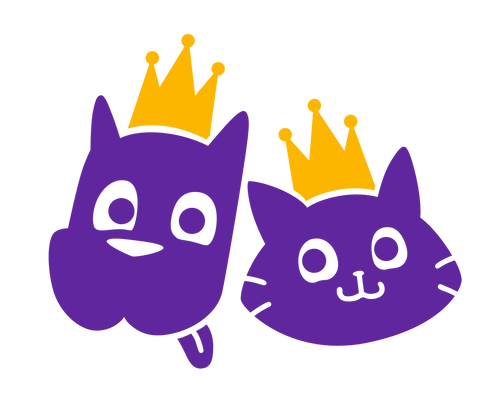
Dog poo offers a lot of insight about your dog’s health and diet. Here are 5 quick things to look out for:
-
Colour: Colour can obviously vary depending on what you’ve been feeding your dog. On average, a good healthy colour is chocolate brown. Colour consistently varying from chocolate brown requires further investigation. Some common examples include:
- Bright red could indicate blood.
- Tarry black could indicate bleeding within the gastrointestinal tract.
- A light tan yellow colour could indicate liver disease.
- Shape: The stool shape should be similar to a log. Other than diarrhoea, which is fairly easy to identify, the other shape to look out for is smaller pebble shaped poo. Stools of this shape can indicate dehydration, kidney disease, or even arthritis in the hips causing your dog difficulty in holding its squat position for long enough – this is obviously more likely with older dogs. Long thin stools may indicate a narrowing of the intestine or rectum.
- Consistency: The consistency of your dog’s stool should be soft but at the same time easy to pick up whole without losing its shape in the process. Stools that are too soft may indicate bacterial or viral infection, parasites, or that your dog simply ate something it shouldn’t. Stools that are too hard indicate constipation possibly due to diet, not enough fibre, or even too much ingested hair. Ingesting hair and passing it through can be very painful for dogs. If you have a dog that moults, make sure you are brushing regularly.
- Size: The size of your dog’s stool will be proportional to the amount of food being eaten and should remain relatively consistent. If you notice the size of your dog’s stool increasing, it may indicate that your dog is not processing the food properly or that its diet is not letting it. If you notice your dog’s stool decreasing in size, it may indicate reduced appetite, constipation or bowel obstruction.
- Content: Can you see anything that stands out or shouldn’t be there? For example, mucous indicates colitis or inflammation of the colon, whole food bits indicate your dog doesn’t process that food well and shouldn’t eat it anymore, hair indicates your dog isn’t being groomed/brushed enough or is experiencing stress or allergies, grass indicates an upset gastrointestinal tract, and wiggling noodle looking things are round worms!

